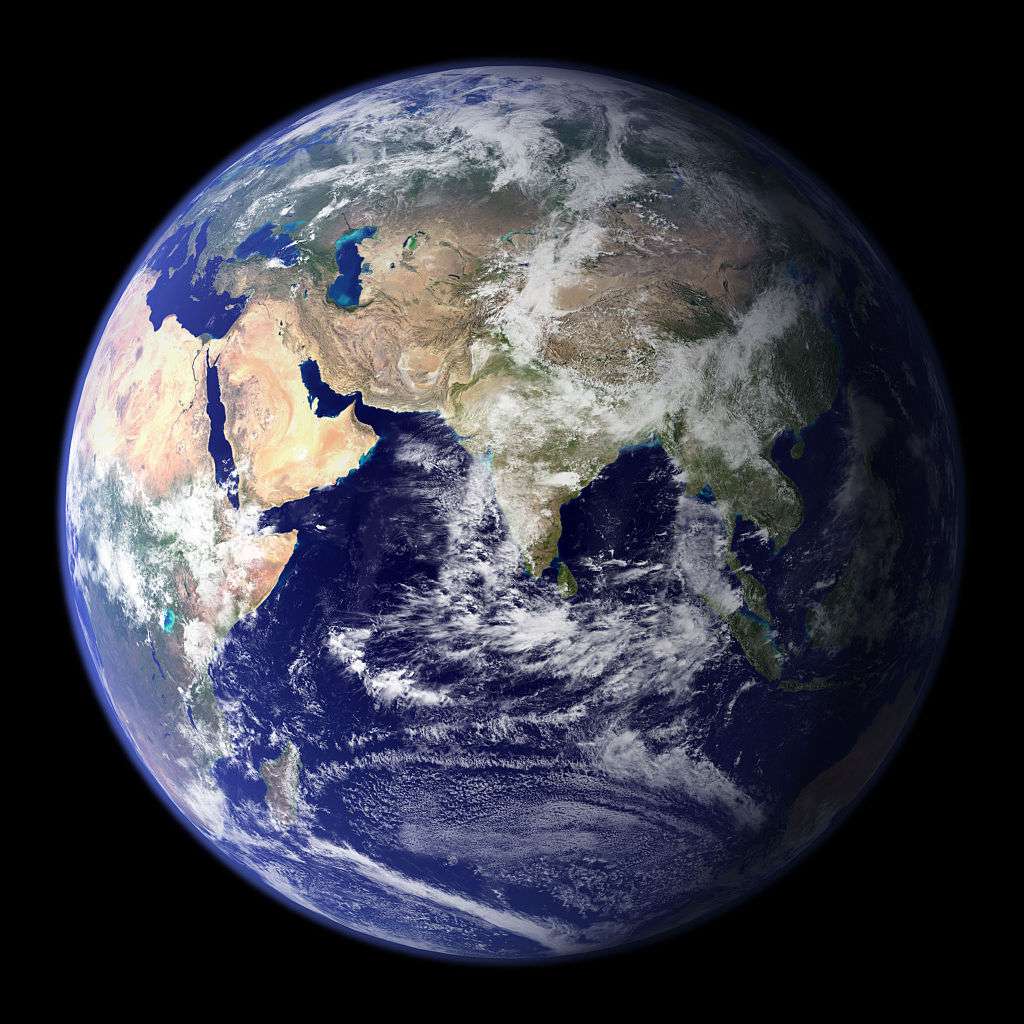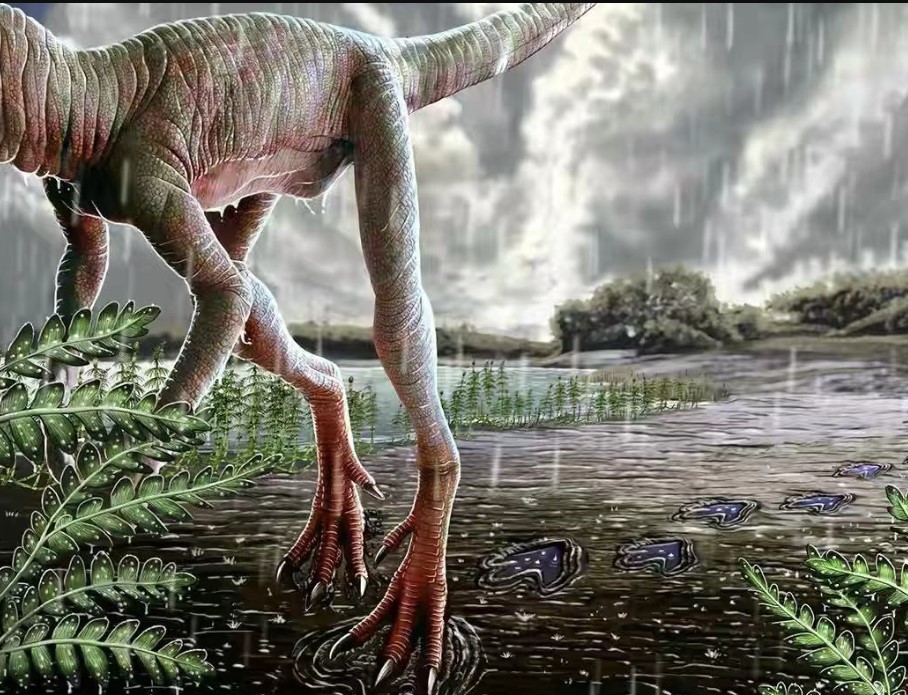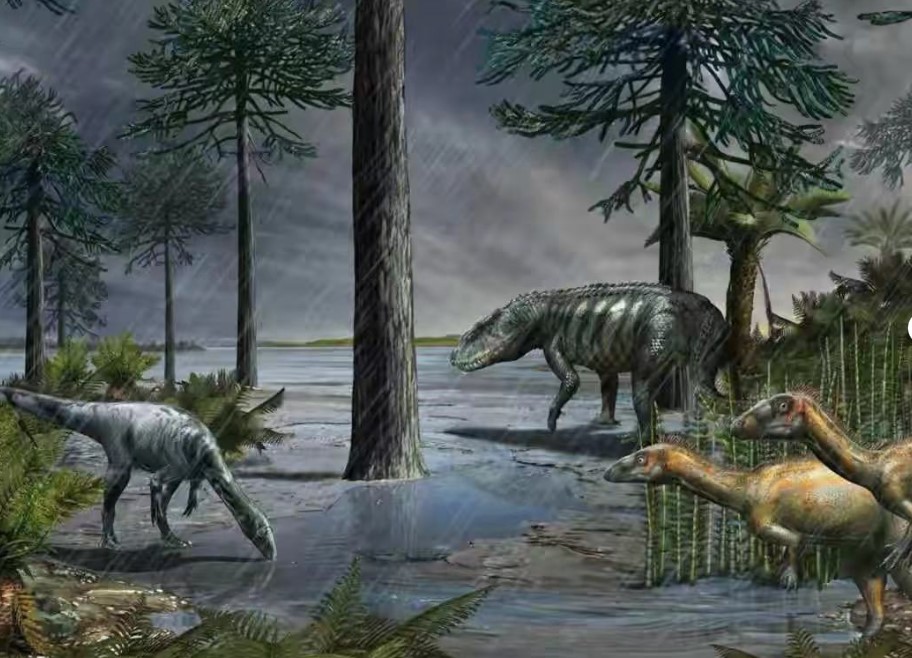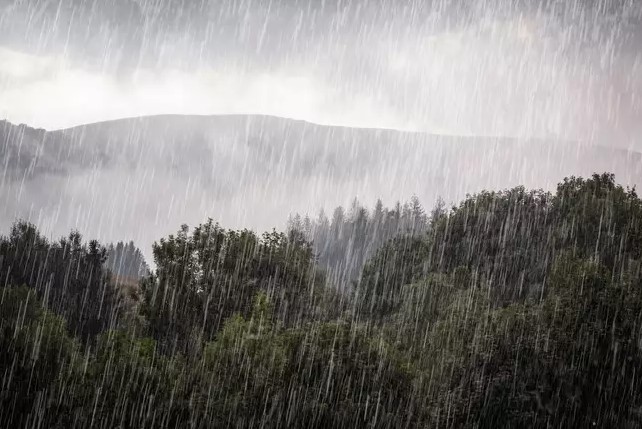A remarkable scientific discovery has revealed an extraordinary period in Earth's history when rainfall lasted for millions of years.
Geologists have uncovered evidence of this prolonged wet spell, known as the Carnian pluvial event, which played a crucial role in shaping the evolution and diversity of life on our planet.

Scientists found evidence of 2 million years of continuous rainfall on Earth during Pangea's era.
According to a recent scientific discovery, Earth experienced a remarkable period when it rained continuously for two million years.
Geologists have made significant progress in understanding our planet's history and have now identified a time when long-lasting rainfall played a crucial role in nurturing life across the globe.
This mysterious phenomenon occurred during the era of Pangea, a supercontinent that existed approximately 200-300 million years ago when Earth was extremely different from what it is today.

The evidence for this extended period of rain comes from the examination of ancient rock layers dating back 232-4 million years.
Geologists from many regions, including the eastern Alps and the UK, have observed distinct layers of sedimentation and rock formations that point to a prolonged rainy spell in Earth's history.
These findings indicate that there was a substantial dry period followed by a dramatic shift to a period of continuous rainfall.

This extended wet period has been called the "Carnian pluvial event" or "Carnian pluvial episode" by scientists.
It is believed that a significant increase in humidity could be attributed to a massive volcanic eruption known as the Wrangellia Large Igneous Province.
The eruption likely triggered global warming, leading to the heating of oceans and consequently increasing moisture content in the atmosphere.

What impact does this prolonged rainfall have on Earth?
The impact of this lasting rainfall on Earth's ecosystem was profound, particularly during the early age of dinosaurs.
The wet period allowed for the diversity and expansion of dinosaur species that managed to survive previous catastrophic events, such as volcanic eruptions.
It facilitated their rapid development, ecological impact, and widespread distribution across continents.

In reality, this period played a crucial role in the development and emergence of many remarkable clades, including lissamphibians, turtles, crocodiles, lizards, and mammals, which form the foundation of modern terrestrial fauna.






